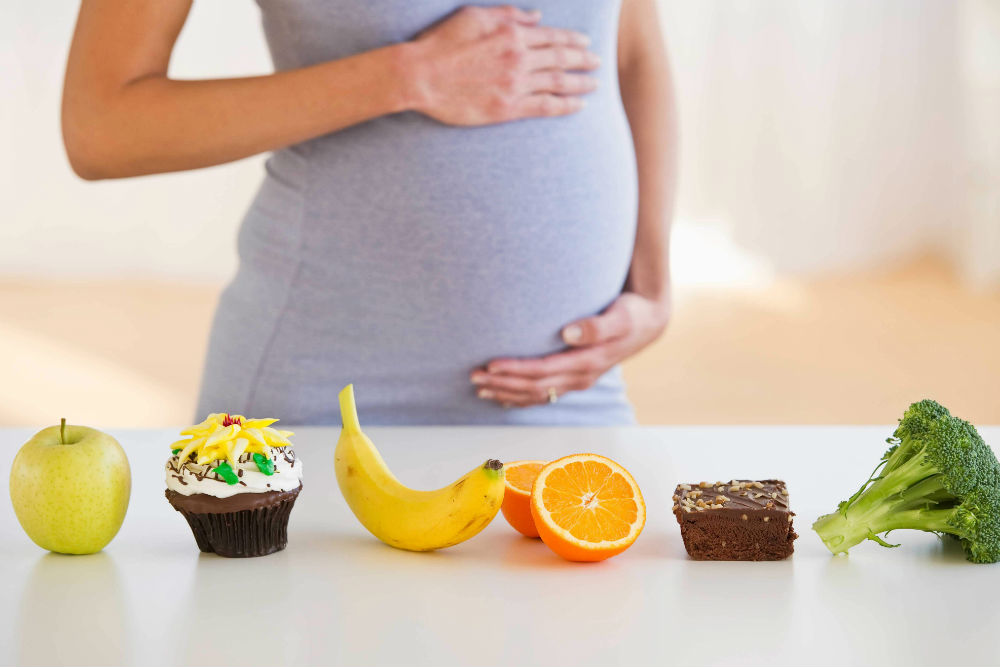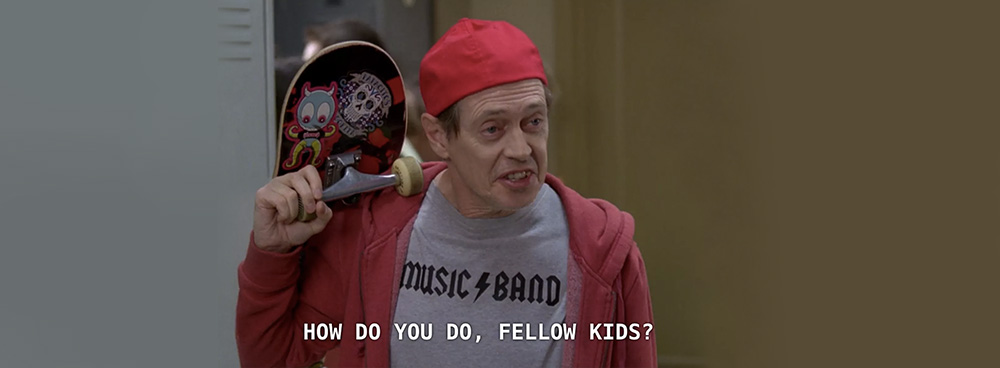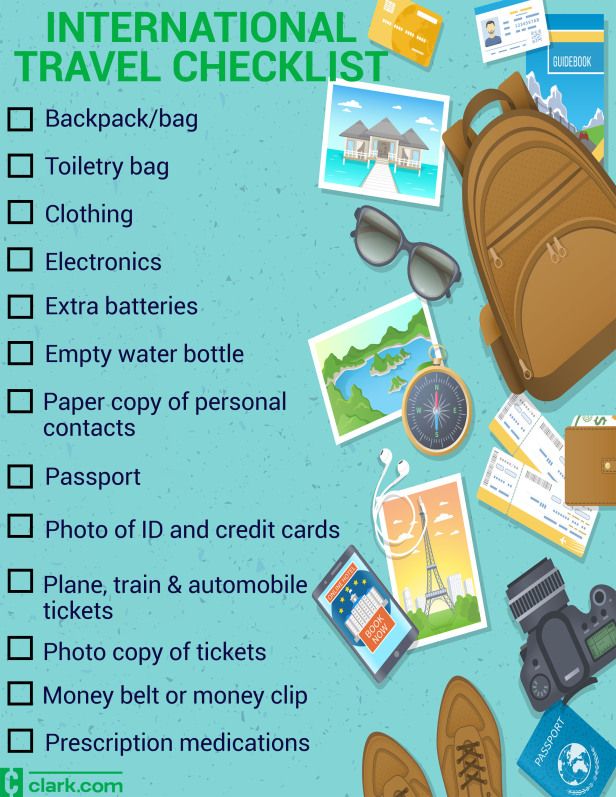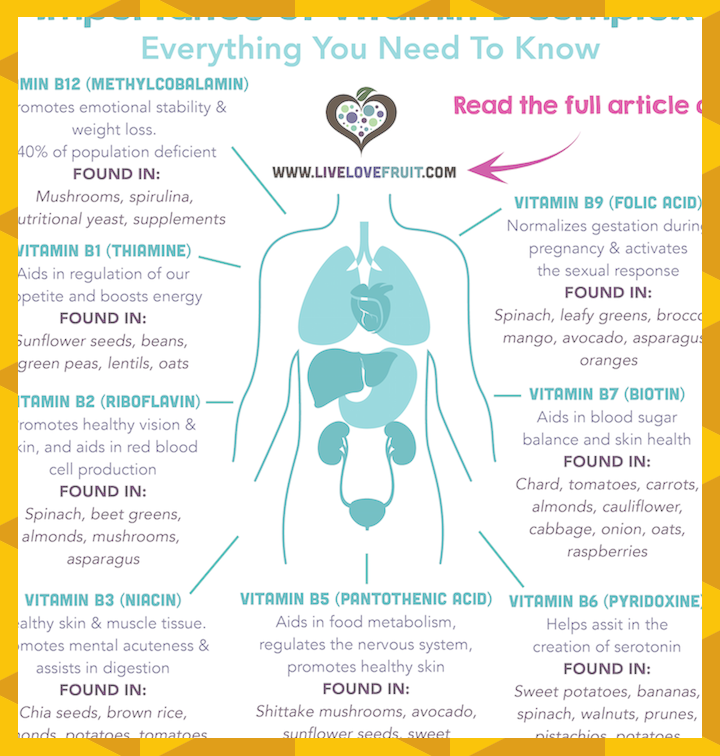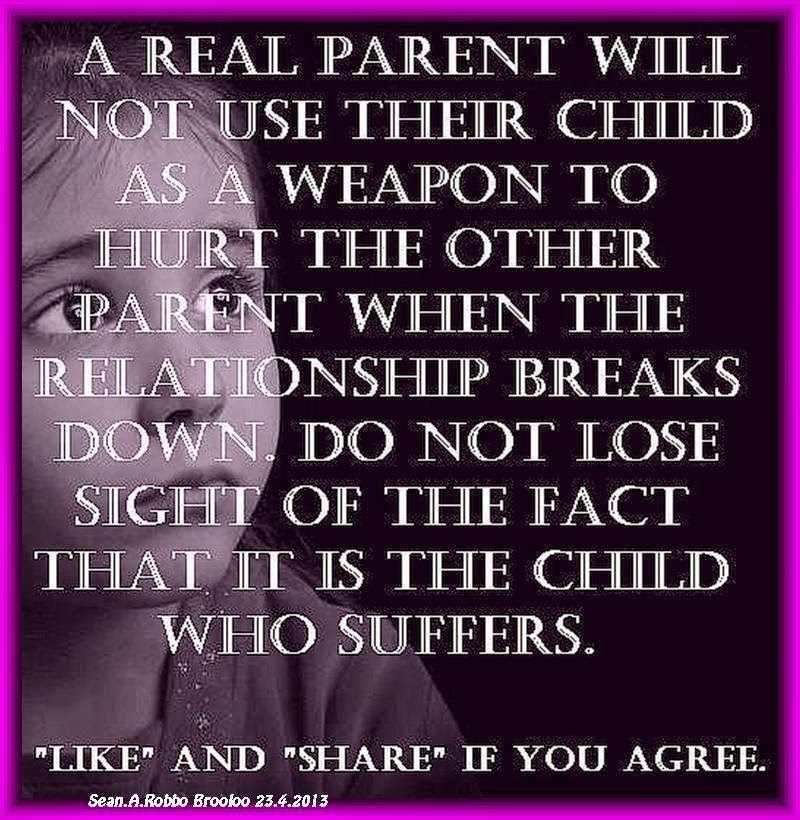How long are baby bottles good for
How Often Should You Be Replacing Your Baby Bottles & Nipples?
The answer may surprise you! Since bottles and bottle nipples are used, cleaned and sanitized almost daily, you can expect to observe some wear and tear sooner than you may think. Deterioration of the nipple or bottle can result in concerns with both safety and function. Because bottles and nipples can be essential for daily feeding and nourishment, it’s important that parents and caregivers are routinely monitoring their conditions to ensure hygiene and safety.
What to look for
According to The Health Site, bottles and bottle parts should be regularly checked for signs of cracking, scratches, leaking and discoloration. Bottle nipples should be checked for breaks, tears, discoloration, swelling and thinning. A thinning or over stretched nipple opening will have a forceful (rather than controlled drops) flow when turned over. Breaks or tears can lead to choking hazards. Baby center notes that germs and mold can survive in parts of the nipples or bottles that are damaged even after being sterilized, which can be compromising to a baby’s health. Try to monitor conditions each time you clean the bottle or bottle parts. It’s best to discard them and replace with new ones if you notice any potential hazards.
When should bottles & bottle nipples be replaced?
The Health Site suggests that if you are regularly monitoring your bottles for wear but they happen to be in good condition, a general rule is to replace nipples every 2 months on average. Nipples need to be replaced more often because silicone or latex materials are more prone to damage from feeding, cleaning and sterilization processes. It is recommended that bottles be replaced every 4-6 months. Glass bottles may not need to be replaced as frequently if they’re in good condition.
Bottle care
Proper maintenance and care can increase the safety and longevity of your bottles. According to the CDC, bottles and bottle pieces should be taken apart and cleaned thoroughly after each feeding. If you are using a dishwasher, be sure to rinse bottles prior to placing them in the dishwasher. If you prefer to hand wash, be sure to clean bottles & parts by rising with soap and water. Avoid soaking bottles or leaving them in the sink since this can cause mold or bacteria to form. Air-drying is recommended in order to prevent germs and mold from breeding. Once bottles are dry it’s best to store them in a safe space like a cabinet. Eventually it will be necessary to replace your bottles & parts even if you’ve been careful. Be sure to check the website of the bottle company before buying a completely new set. Some bottle companies have replacement kits available on their website so that you can easily replace bottles, bottle parts or nipples instead of buying an entirely new set.
If you prefer to hand wash, be sure to clean bottles & parts by rising with soap and water. Avoid soaking bottles or leaving them in the sink since this can cause mold or bacteria to form. Air-drying is recommended in order to prevent germs and mold from breeding. Once bottles are dry it’s best to store them in a safe space like a cabinet. Eventually it will be necessary to replace your bottles & parts even if you’ve been careful. Be sure to check the website of the bottle company before buying a completely new set. Some bottle companies have replacement kits available on their website so that you can easily replace bottles, bottle parts or nipples instead of buying an entirely new set.
Written by Christine Pollack, OTR/L
References
Cdc.gov. 2020. How To Clean, Sanitize, And Store Infant Feeding Items | Healthy Childcare | Hygiene | Healthy Water | CDC. [online] Available at: <https://www.cdc.gov/healthywater/hygiene/healthychildcare/infantfeeding/cleansanitize.
html> [Accessed 20 December 2020].
Arora, D., 2020. How Often Should You Replace Your Baby’S Feeding Bottle? | Thehealthsite.Com. [online] Thehealthsite.com. Available at: <https://www.thehealthsite.com/parenting/how-often-should-you-replace-your-babys-feeding-bottle-d0116-361453/> [Accessed 20 December 2020].
BabyCenter. 2020. Bottle-Feeding: When To Replace Nipples And Bottles | Babycenter. [online] Available at: <https://www.babycenter.com/baby/breastfeeding/bottle-feeding-when-to-replace-nipples-and-bottles_1129505> [Accessed 28 December 2020].
BabyCenter India. 2020. My Baby's Bottle, Nipple And Sipper Have Mould. Is It Safe To Use Them Once Cleaned?. [online] Available at: <https://www.babycenter.in/x1050506/my-babys-bottle-nipple-and-sipper-have-mould-is-it-safe-to-use-them-once-cleaned> [Accessed 20 December 2020].
Related Blog Posts
How to Stop Baby from Scratching
Fall Flavors: Recipes for the Whole Family
Family Fun Night
How long can baby bottles sit at room temperature?
Log in | Register
Tips & Tools
Tips & Tools
Listen
Español
Text Size
Question
Hailey Nelson, MD, FAAP, IBCLC
Answer
A lot of parents ask how me long a bottle can sit out before it goes bad, especially if their baby takes small amounts at a time.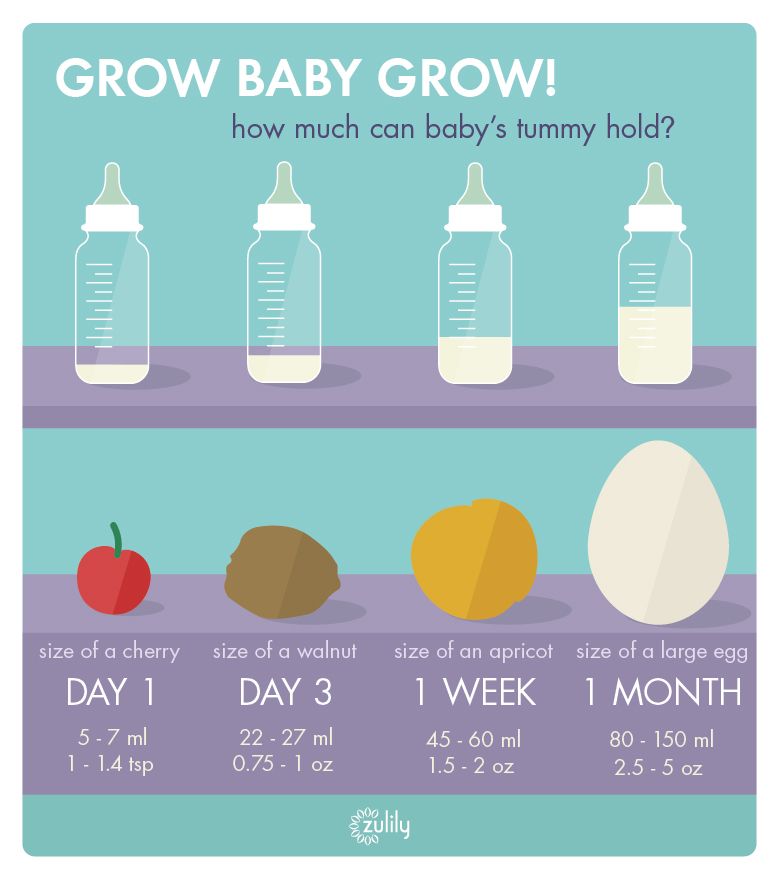
The answer? It depends. There are several factors that determine how long you can safely feed your baby a bottle of breast milk or baby formula. These include how it was prepared, temperature, prep area cleanliness and whether your baby has already fed from it, for example. Here's what you need to know.
How to safely prepare your baby's bottle
How you store and prepare baby’s food have a big impact on its quality and safety. Follow these science-backed tips when preparing your baby's bottles. Note: If your baby was born prematurely or has other health conditions, reach out to your pediatrician for additional guidance.
Make a clean start. Before preparing formula or expressing breast milk, wash your hands with soap and water or use hand sanitizer that contains at least 60% alcohol. Be sure to clean the area you'll use to mix formula, using sanitizing wipes or hot water and antibacterial soap.
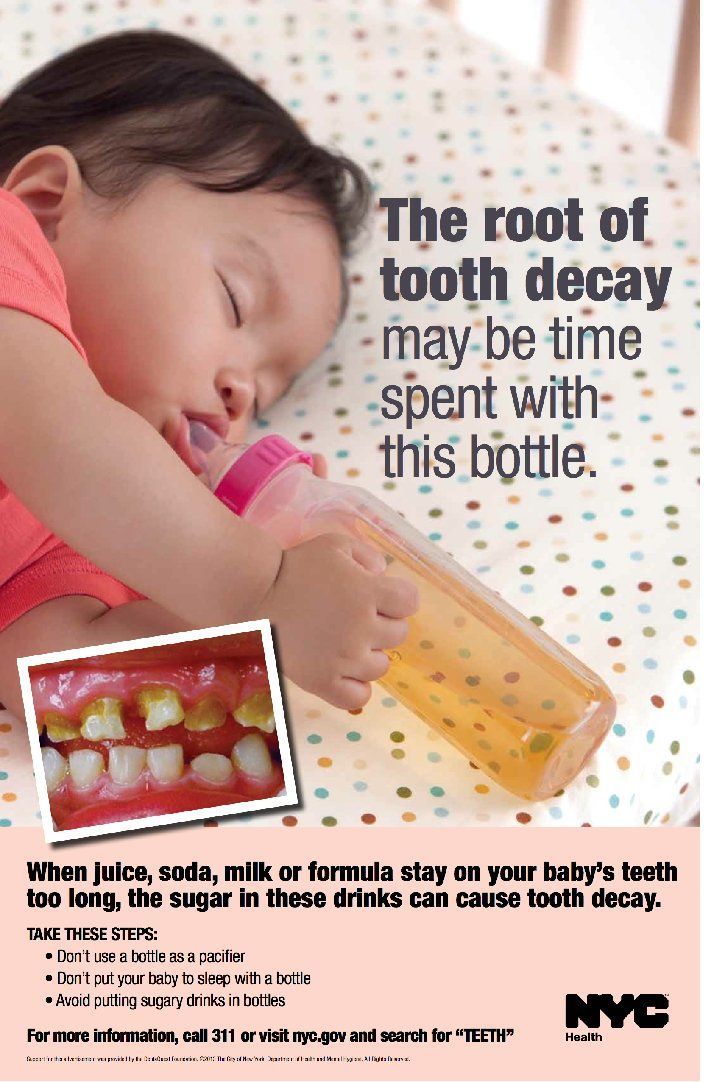 Bottles, bottle parts and storage containers should be pre-sanitized and ready to go.
Bottles, bottle parts and storage containers should be pre-sanitized and ready to go.If you're pumping, inspect your pump and supplies. Make sure that all valves, tubing and flanges are clean and in good condition. Use only sanitized, food-grade bags and containers to store expressed milk.
Label everything. Bags and bottles should show the date and time you expressed the milk or mixed the formula. If your baby attends child care, add their name to bottles and containers too. Ask your child care provider about specific guidelines for breast milk storage and administration.
Consider making smaller batches. This helps reduce waste if your baby doesn't drink the whole bottle, since leftover milk should always be discarded after one hour. You'll dump less out if you prepare and use 2-ounce to 4-ounce batches of formula. Consider freezing breast milk in these smaller amounts too, so it's easy to thaw them as you need them.

Keep prepared bottles in the back of the fridge. Although it might seem more convenient to stash them in the door, remember that every time you reach for something, warm air rushes in. The temperature stays more consistent toward the back.
Do not put infant cereal or other foods in your baby's bottle. Contrary to what you may have heard, thickening your baby's milk or formula will not help them feel fuller or sleep longer. Worse yet, it increases the risk that your baby will choke. Breast milk and formula on their own will provide all the nutrition and hydration your baby needs to feel full and relaxed.
So, how long can bottles sit out safely?
Once you finish feeding your baby, any prepared infant formula left in the bottle should be thrown out within 1 hour. Pre-mixed formula or breast milk stored in clean bottles can be kept longer, depending on the temperature and location.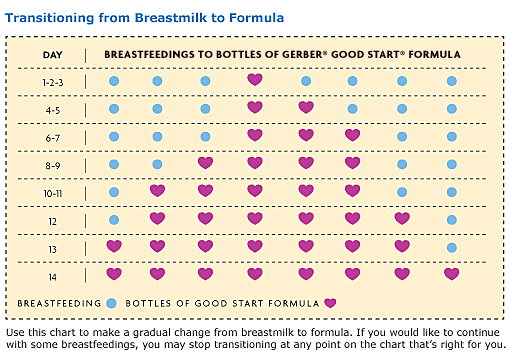
Here are guidelines for safely storing everything from fresh breast milk to powdered formula supplies:
Type of Breast Milk or Formula |
|
| ||
|
| Countertop (77ᵒ F or cooler) | Refrigerator (40ᵒ F or cooler) | Freezer (0ᵒ F or cooler) | |
REMEMBER: After feeding baby, toss out any milk left in the bottle within 1 hour. | ||||
Freshly expressed or pumped breast milk | Up to 4 hours | Up to 4 days | Up to 9 months (use within 6 months for best quality) |
|
Thawed breast milk from freezer | Up to 2 hours | Up to 24 hours | Do not refreeze |
|
Prepared infant formula | Up to 2 hours after preparing (1 hour if your baby has already started feeding) | Up to 24 hours | Do not freeze |
|
Formula powder or concentrate | Check label instructions. Mark containers with the date and time they were opened. | Do not refrigerate powder. Refrigerate liquid concentrate after opening. Use within 48 hours of opening. | Do not freeze. |
|
Remember
As parents, we all want to give our babies the best nutrition to help support their growth and development. If you have any concerns or questions, or if your baby was born pre-term or has special health conditions, reach out to your pediatrician for more guidance.
More information
- Tips for Freezing & Refrigerating Breast Milk
- How to Safely Prepare Baby Formula With Water
- Ask the Pediatrician: Why are we seeing baby formula brands on the shelves from companies I haven’t heard of before?
- Proper Storage and Preparation of Breast Milk | Breastfeeding | CDC
- Frequently Asked Questions | Breastfeeding | CDC
- Infant Formula Preparation and Storage | Nutrition | CDC (includes links to downloadable guides for storing breast milk)
- Feeding From a Bottle | Nutrition | CDC
Hailey Nelson, MD, FAAP, IBCLC
Hailey Nelson, MD, FAAP, IBCLC, is a complex care pediatrician at Valley Children's Hospital in Madera, California.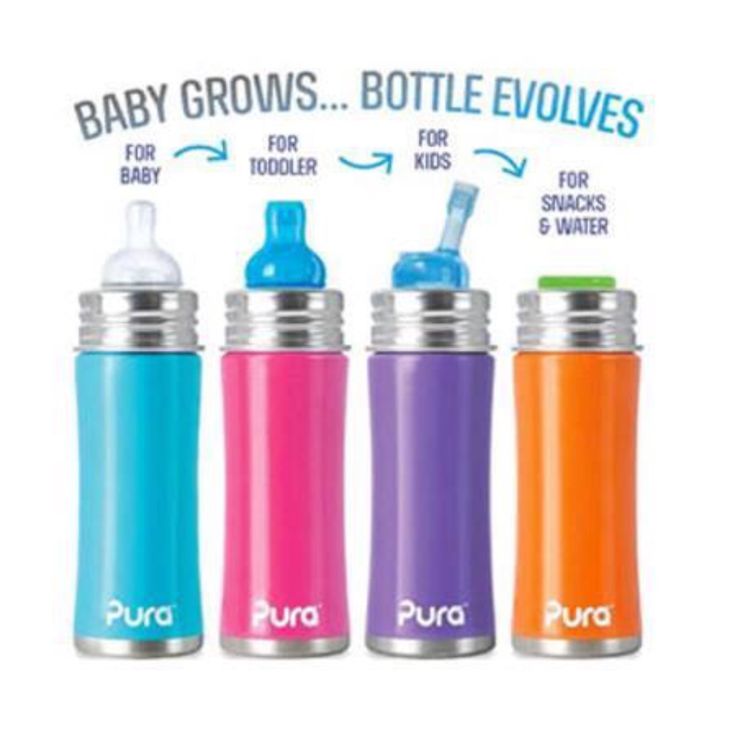 Dr. Nelson enjoys working with children of all ages and abilities and is especially passionate about providing the best possible care to medically fragile children and their families. She is also a licensed breastfeeding consultant, certified by the International Board of Lactation Consultants to support nursing mothers and their babies.
Dr. Nelson enjoys working with children of all ages and abilities and is especially passionate about providing the best possible care to medically fragile children and their families. She is also a licensed breastfeeding consultant, certified by the International Board of Lactation Consultants to support nursing mothers and their babies.
- Last Updated
- 8/5/2022
The information contained on this Web site should not be used as a substitute for the medical care and advice of your pediatrician. There may be variations in treatment that your pediatrician may recommend based on individual facts and circumstances.
How to store milk formula? — Bellakt
Proper storage of milk formula largely determines its quality and, as a result, ensures the baby's nutritional safety. Strictly adhere to the manufacturer's recommendations when storing dry and diluted mixtures.
Baby dry mixes "Bellakt" are produced in cardboard boxes with foil bags. nine0006 Therefore, closed dry mixes are recommended to be stored in a dry, cool place within the expiration date indicated on the package.
Never use expired meals!
Keep the opened package in a dry, dark, cool place at a temperature not higher than +25ºС and air humidity not higher than 85%. Avoid exposure to direct sunlight.
The best place for storage is a closed kitchen cabinet away from the stove. Do not store the mixture in the refrigerator as the high humidity may cause it to clump. nine
After opening the inner pouch, keep the product tightly closed and out of the reach of children.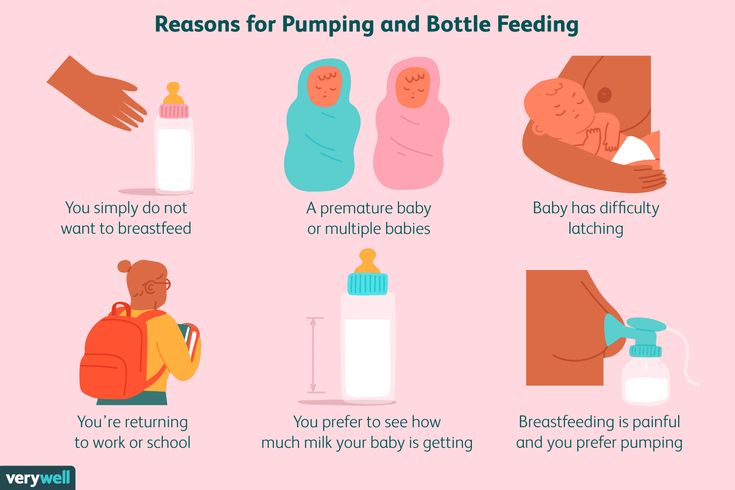
Use the contents of the opened package within 20 days.
Even if you still have formula after this period, do not feed it to your baby. The mixture is packed by the manufacturer in a vacuum environment. After opening the package, the substances that make up the mixture interact with atmospheric oxygen, resulting in a change in their physical and chemical properties. For an adult, such changes may not be noticeable, but the baby's body reacts sharply to all changes in its familiar environment. nine
In addition to the mixture itself, it is important to properly store all the accessories necessary for its preparation - spoons, nipples, bottles. It is optimal to take a special container for them or store them in a sterilizer.
Remember that only clean, dry hands can measure and dilute the mixture.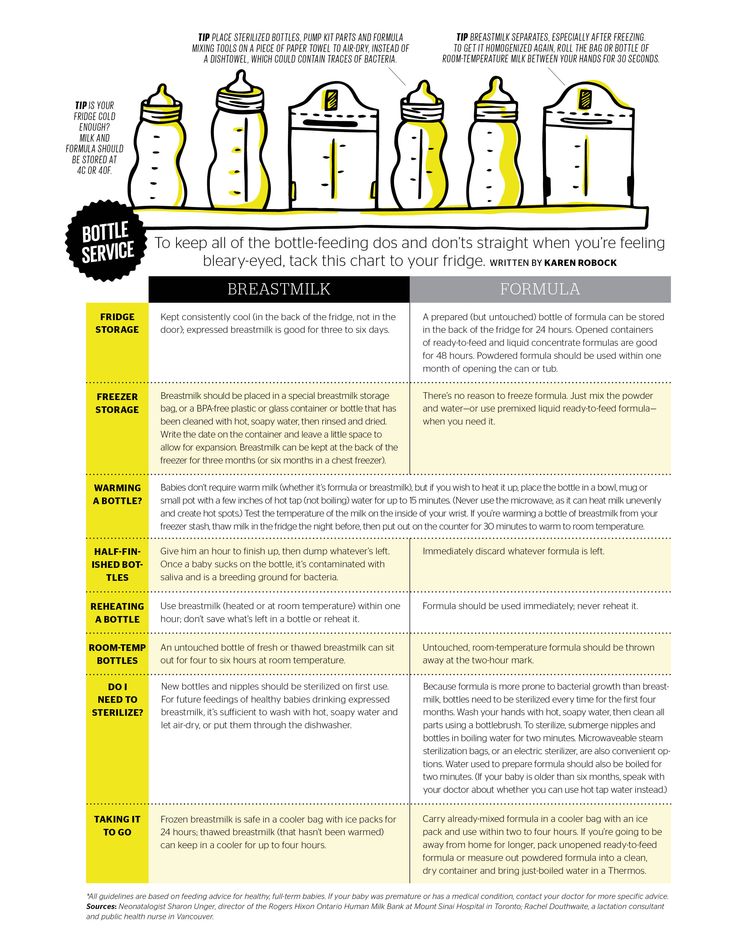 Otherwise, there is an increased risk of pathogenic organisms entering the dry food, for which a mixture rich in nutrients is a favorable environment for reproduction and growth. How to store the finished product? nine0006
Otherwise, there is an increased risk of pathogenic organisms entering the dry food, for which a mixture rich in nutrients is a favorable environment for reproduction and growth. How to store the finished product? nine0006
Can formula be stored and if so, for how long?
This question often comes to the manufacturer from parents.
The mixture is recommended to be prepared immediately before use and it is not recommended to use the remains of the mixture for subsequent feeding. nine
But this possibility is not always available.
The European Society of Pediatric Gastroenterology, Hepatology and Nutrition (ESPGHAN) issued recommendations in 2004 according to which reconstituted dry formula can be stored in a sealed bottle at room temperature for no more than 4 hours.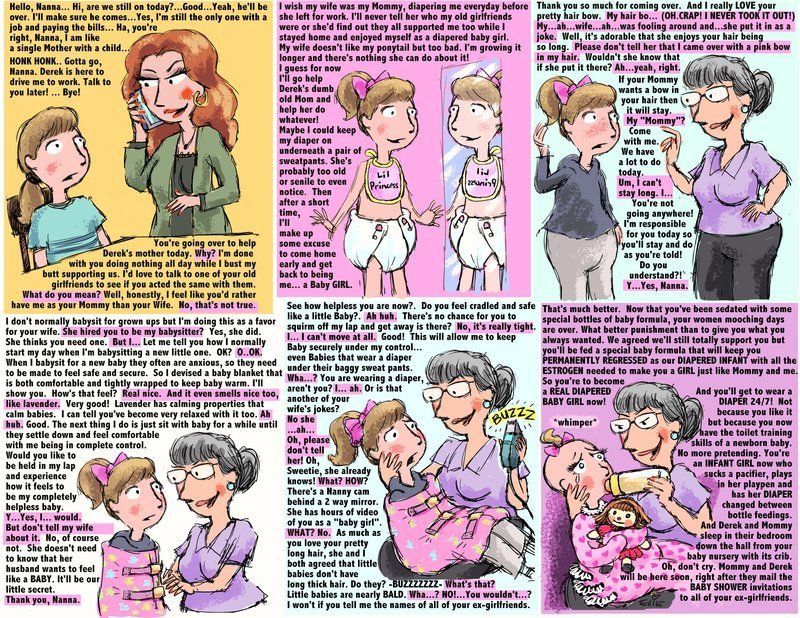 In the refrigerator at temperatures up to +4°C, the finished mixture can be stored for 30 hours. nine
In the refrigerator at temperatures up to +4°C, the finished mixture can be stored for 30 hours. nine
But this is only if the bottle is tightly closed with a sterilized cap, and the baby did not eat from the bottle.
If the child even drank a little from the bottle, it cannot be stored, because the risk of developing pathogenic microorganisms increases. nine
One of the options for safe feeding a child outside the home (on a long walk, on the road, in a clinic, etc.) is to take water and dry formula separately. Pour the required amount of formula for one feeding into a sterilized bottle and close tightly. Pour boiled water heated to +50°C into a thermos. When the baby is hungry, dilute the mixture. nine0006
Councils for storage of children's mixture:
- use the mixture only within the expiration date indicated on the package;
- store the opened mixture for no more than 20 days; nine0125
- store the mixture in a dry, dark, cool place in an airtight container.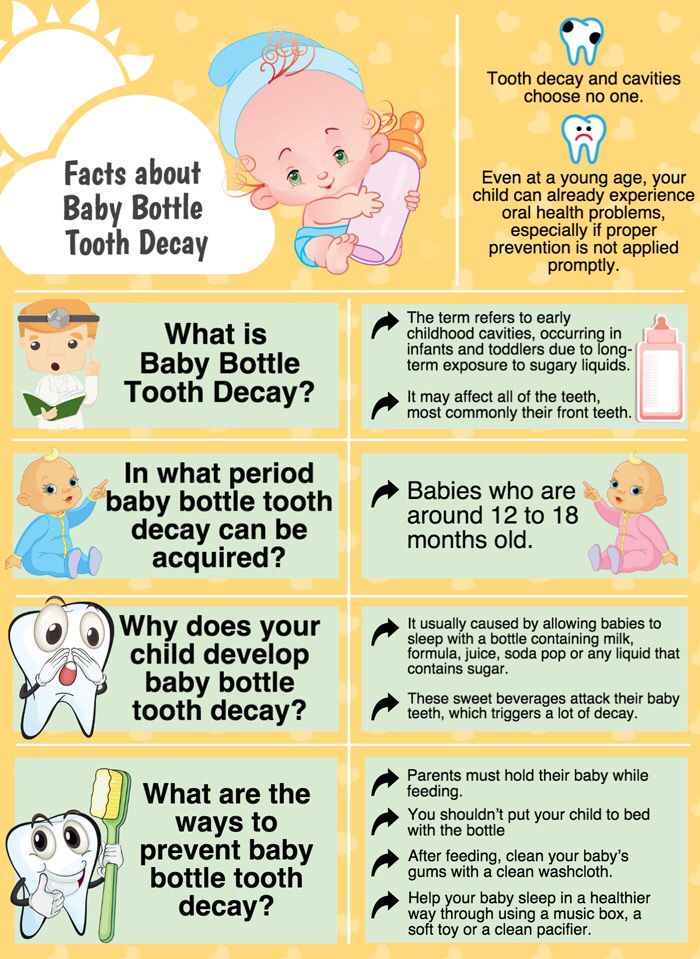 The optimum storage temperature is from +1 to +25°C. Do not store the mixture in the refrigerator, near the stove or near heating appliances;
The optimum storage temperature is from +1 to +25°C. Do not store the mixture in the refrigerator, near the stove or near heating appliances;
- do not store the mixture next to flour and cereal products, vegetables, fruits and mushrooms in order to avoid contamination of baby food by insects;
- The mixing spoon must be dry and clean. If moisture gets into the powder, it may deteriorate earlier than the deadline; nine0006
- Prepare formula just before each feeding.
First aid kit. Should I throw away expired medicines
How often do you check the expiration date of medicines that are stored in your first aid kit and in the refrigerator door? Are the dates indicated on the box so important, and does the medicine really turn into a dummy or, conversely, into a deadly poison after the expiration of the specified period? Let's figure it out. nine0125
What scientists say
More than 90 percent of drugs are safe and usable according to a study commissioned by the US military by the Food and Drug Administration (FDA) even fifteen years after the expiration date.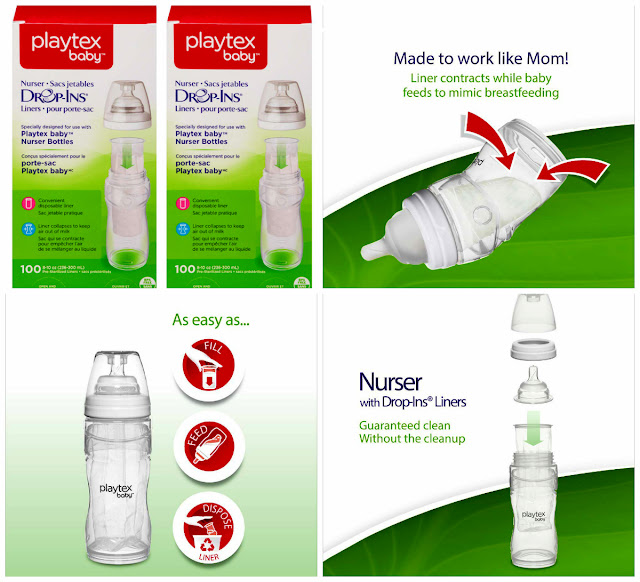
Scientists have studied more than a hundred different medicines, both prescription and over-the-counter, and found that their effectiveness did not change at all or changed very little. nine0125
Attention to Packaging
"Expiry date doesn't really indicate when a drug is no longer effective or unsafe to use," notes an article posted on the Harvard Medical School website. The date indicated on the package only means that the manufacturer guarantees the effective operation of the drug until that day.
However, this does not mean that any medicine can be safely taken years after purchase. There are limits, and you should always remember them. nine0125
The most "persistent" medicines are hard tablets or capsules packed in airtight blisters. If the mold in which the tablet is located is not damaged, the capsule itself has not cracked (not crumbled) and has not changed color, and the expiration date has expired six months ago, then with a very high probability the medicine can be used and it will work effectively.
If the tablets or capsules are in the same bottle, then when it is transferred, opened or shaken, they may crumble, crack, the contents may partially spill out. Therefore, such drugs should be carefully examined before being taken - tablets and capsules should be solid, without cracks and violations of the shell, not sticking together, not changing color or shape. nine0125
Medicines in liquid form are quite another matter. In the case of them, it is better to accurately maintain the expiration dates, and also remember that after opening the bottle must be used for a certain time (it is indicated on the package or in the instructions). Why?
The fact is that pathogens can get into an open bottle or vial and then multiply if the medium is suitable. If eye drops become such a reservoir for the life of bacteria, then the use of an expired vial can provoke the occurrence of conjunctivitis. nine0125
Syrup, for children or adults, often contains sugar to enhance the taste, and sugar is an excellent breeding ground for bacteria.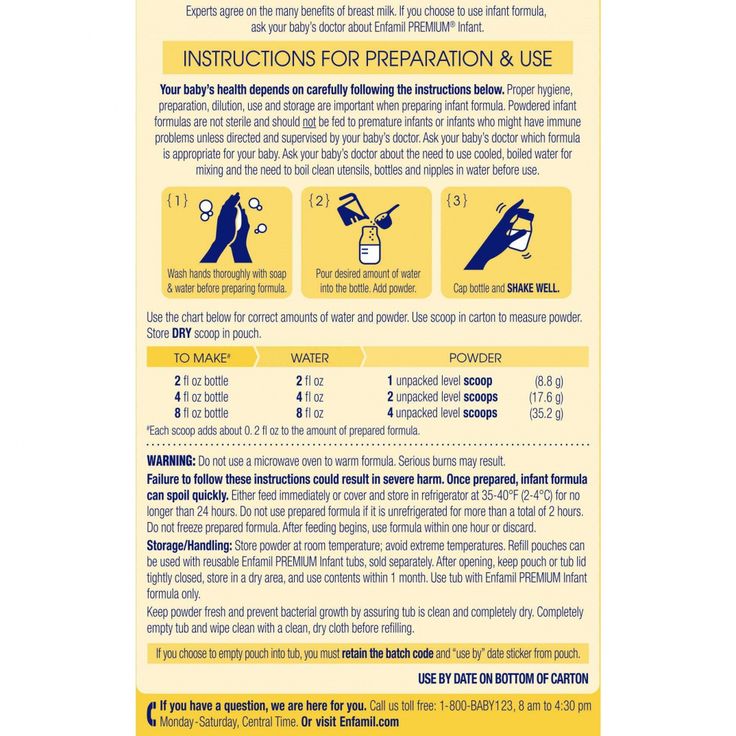 For some time, a special preservative, which is added to medicines, will fight them, but its effect will come to naught, and then the medicine will only have to be thrown away.
For some time, a special preservative, which is added to medicines, will fight them, but its effect will come to naught, and then the medicine will only have to be thrown away.
Injectables are definitely not to be used after the expiration date, even if they have not been opened and stored properly. Opened ampoules and vials cannot be stored either - except when they are not used for injection (for example, injectable saline is dripped into the nose). nine0125
In addition to the expiration date, in the case of liquid and creamy medicines, you should pay attention to the appearance of sediment, foreign smell, change in color (original color and smell are often indicated in the instructions) or consistency, turbidity and separation.
Our friends are cold and dryness
By the way, most medicines should be stored in cool and dark places in order to eliminate or reduce exposure to heat (and sunlight, which carry both thermal and ultraviolet radiation that can affect ).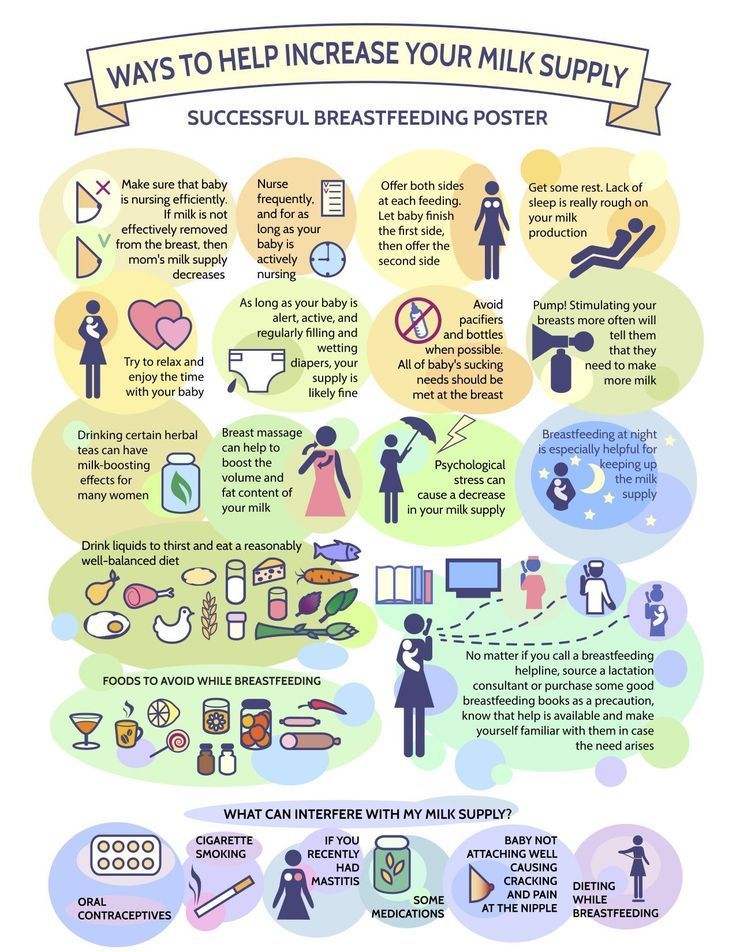 nine0125
nine0125
This is especially true for creams, ointments, syrups and suppositories, the structure of which can be disturbed even at slightly elevated temperatures.
Not suitable for medicine storage bathroom. Its humid "climate" can penetrate even into tightly closed jars and vials, as a result of which medicines can absorb water and change their properties. Also, the bathroom is characterized by frequent fluctuations in temperature (and humidity too).
How do I dispose of medicines?
Doctors and environmentalists are unanimous on this issue: it is not worth simply pouring or pouring medicines into the toilet bowl or sink. Wastewater enters the unified water system of the planet, and medicines already have a bad effect on the quality of drinking water. For example, the availability of antibiotics contributes to the emergence of increasingly resistant bacterial species.
Many cities already have collection points for waste suitable for incineration.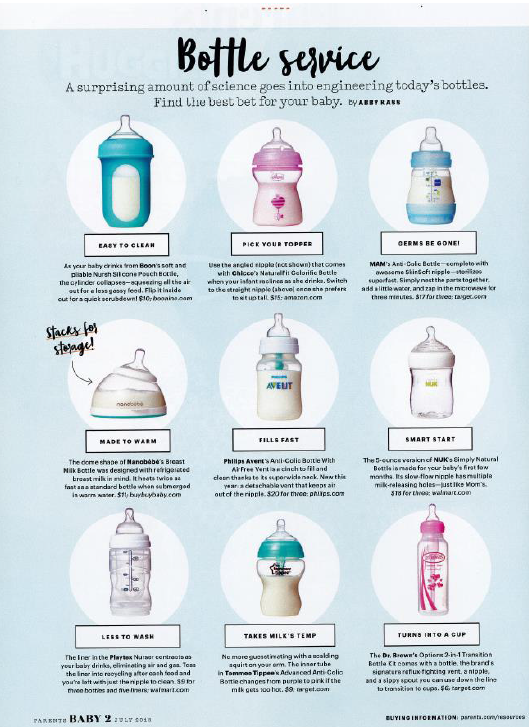
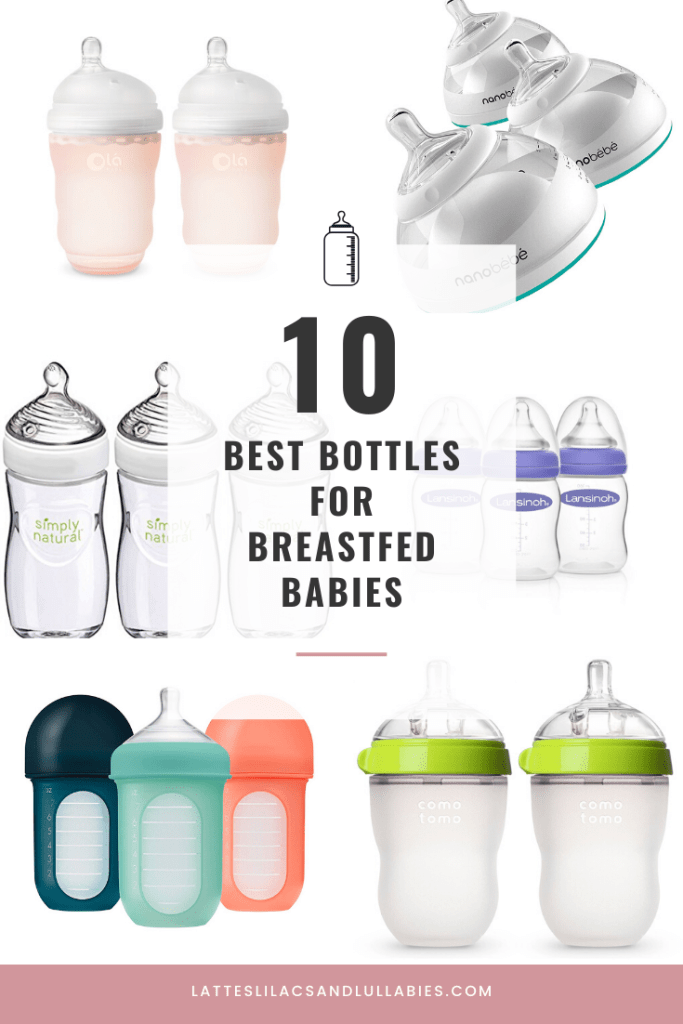 Toss it out.
Toss it out.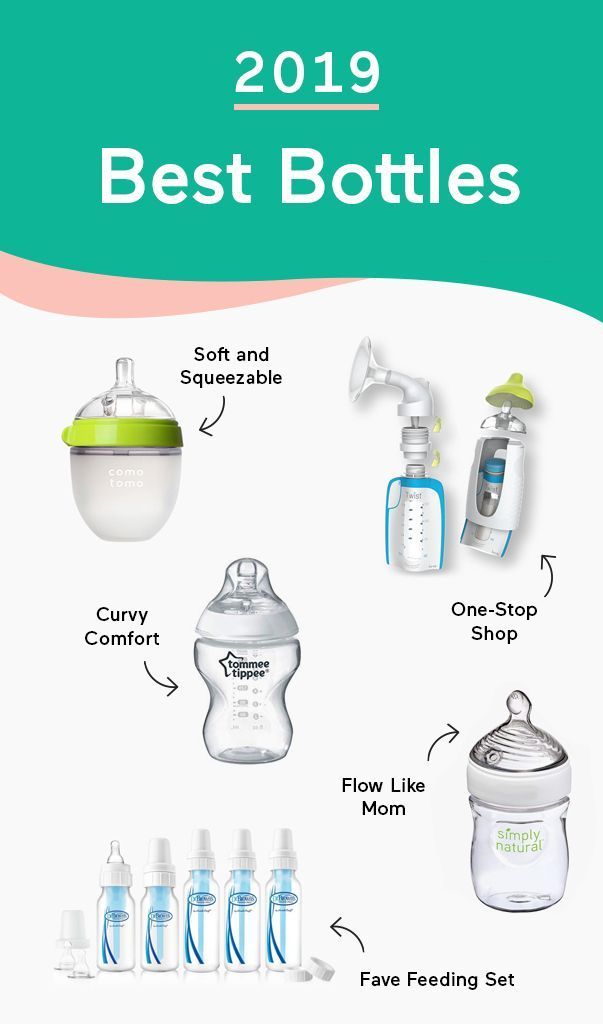 "
"

